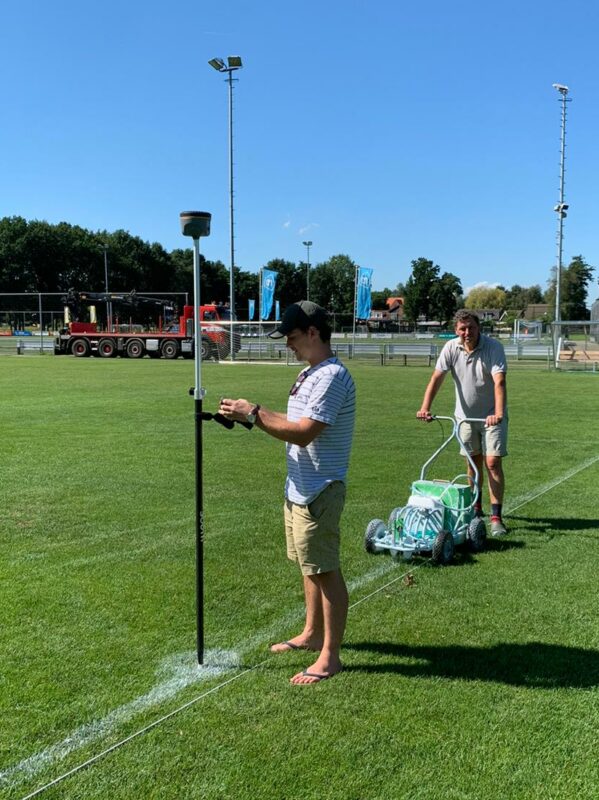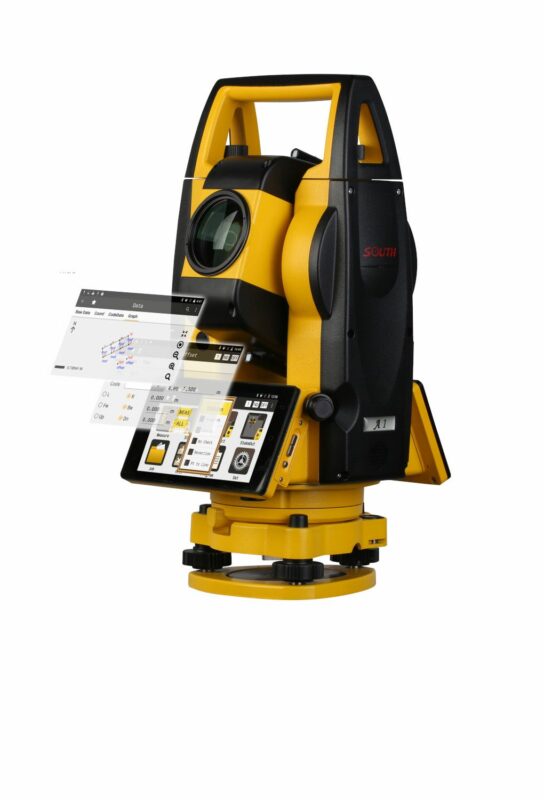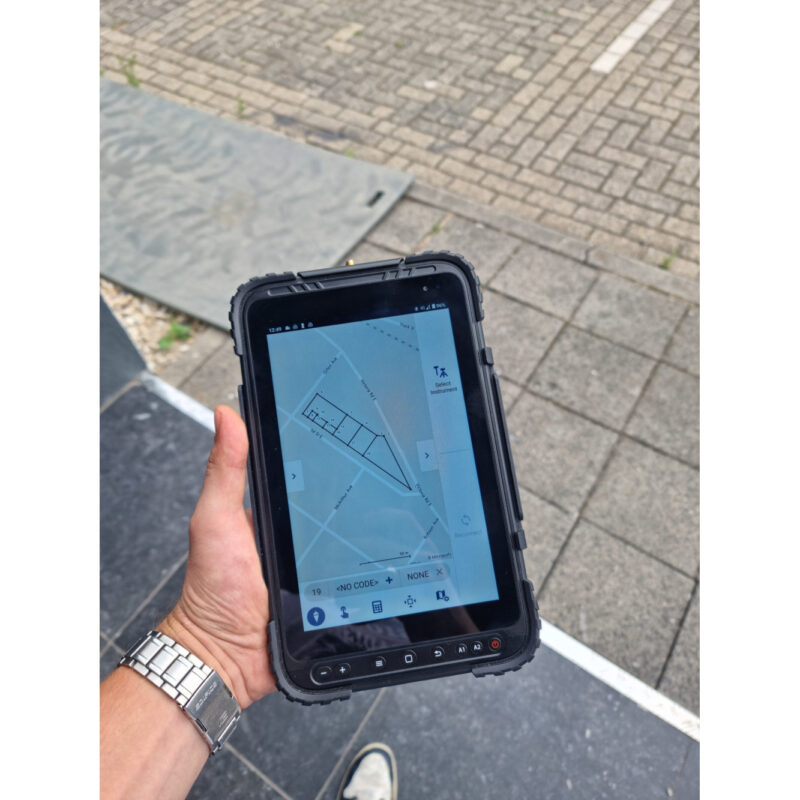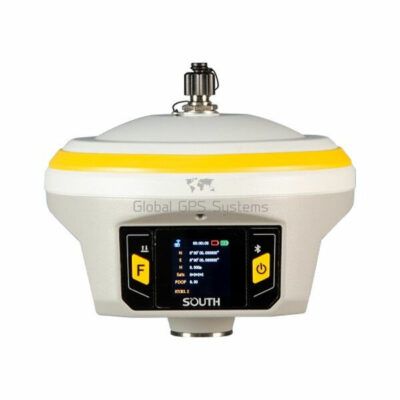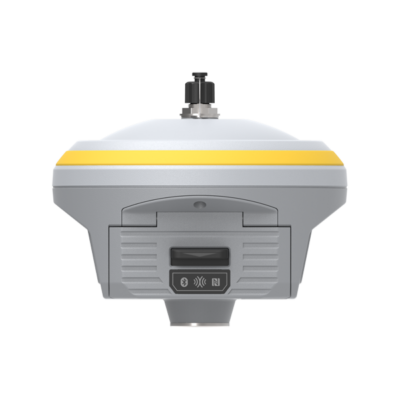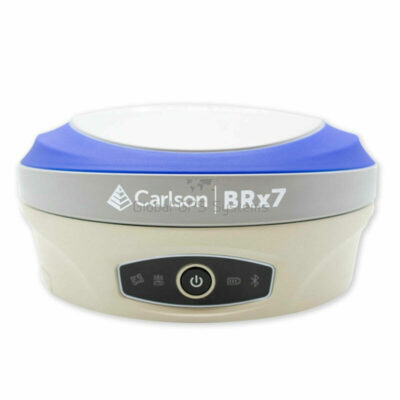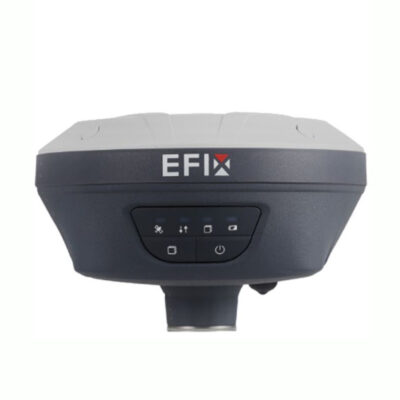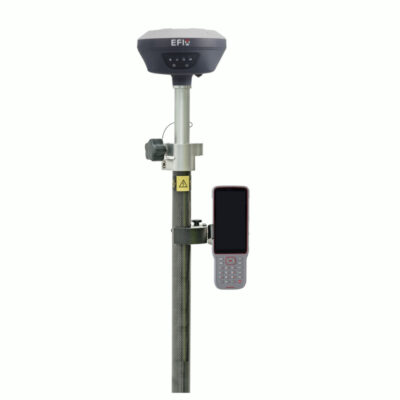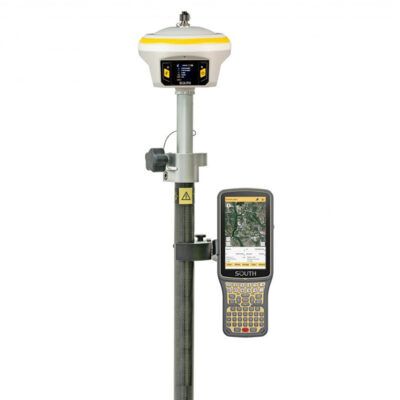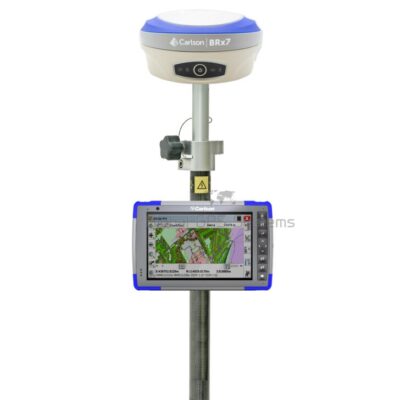GNSS
RTK GPS: Understanding Real-Time Kinematic GPS Technology
Real-time kinematic (RTK) GPS is a powerful technology that is used to provide highly accurate positioning and navigation data. This technology is used in a wide range of applications, from surveying and mapping to agriculture and construction. In this article, we will explore the basics of RTK GPS technology, including how it works, its key features, and some of the ways it is being used today.
What is RTK GPS?
Real-time kinematic GPS is a type of GPS technology that uses a combination of GPS signals and a local base station to provide highly accurate positioning data. Unlike traditional GPS systems, which rely on data from satellites alone, RTK GPS systems use additional data from a nearby base station to improve the accuracy of the GPS data. This can provide positioning data that is accurate to within centimeters, making it ideal for a wide range of applications.
How Does RTK GPS Work?
The basic principle behind RTK GPS is simple: by using a local base station in addition to satellite signals, the system can correct for any errors that may be present in the GPS data. This is achieved by comparing the GPS data received by the base station and the GPS data received by the mobile unit. Any errors that are present in the data are then corrected, resulting in highly accurate positioning data.
The basic components of an RTK GPS system include a GPS receiver, a local base station, and a data link between the two. The GPS receiver is typically mounted on a vehicle or other mobile platform, and it receives data from GPS satellites. The base station, on the other hand, is typically located on a stable surface, such as a building or a tower. The base station receives the same GPS data as the mobile unit, but it also receives data from a local reference station. This reference station is typically located near the base station and is used to correct for any errors in the GPS data.
Key Features of RTK GPS
One of the most important features of RTK GPS is its ability to provide highly accurate positioning data. This is achieved by using a local base station in addition to satellite signals, which allows the system to correct for any errors that may be present in the GPS data. This can provide positioning data that is accurate to within centimeters, making it ideal for a wide range of applications.
Another key feature of RTK GPS is its ability to provide real-time data. Because the system uses a local base station in addition to satellite signals, it can provide real-time data that is accurate to within milliseconds. This makes it ideal for applications that require real-time navigation, such as autonomous vehicles and drones.
In addition to its high accuracy and real-time capabilities, RTK GPS also offers a number of other features that make it ideal for a wide range of applications. These include:
-
Long battery life: Because the system uses a local base station in addition to satellite signals, it can operate for longer periods of time without needing to be recharged.
-
Robustness: RTK GPS systems are designed to be robust and reliable, even in difficult environments. This makes them ideal for use in rugged terrain and other challenging conditions.
-
Low cost: Compared to other types of high-accuracy GPS systems, RTK GPS is relatively inexpensive. This makes it accessible to a wide range of users, from individual surveyors to large construction companies.
some popular rtk gps systems
Applications of RTK GPS
RTK GPS technology is used in a wide range of applications, from surveying and mapping to agriculture and construction. Some of the most common applications include:
-
Surveying and mapping: RTK GPS is widely used in surveying and mapping applications because of its high accuracy and real-time capabilities. It is often used to create detailed maps of land, buildings, and other structures, as well as for land surveying and engineering projects.
-
Agriculture: RTK GPS is also used in agriculture, particularly for precision farming. It can be used to accurately map fields, measure crop yields, and guide tractors and other equipment. This allows farmers to optimize their crop yields and reduce costs by using less fertilizer and other inputs.
-
Construction: RTK GPS is used in construction projects to ensure that buildings and other structures are built to precise specifications. It is often used to guide heavy machinery, such as excavators and bulldozers, as well as for site surveys and building inspections.
-
Autonomous vehicles: RTK GPS is used in autonomous vehicles, such as drones and self-driving cars, to provide real-time navigation data. This allows these vehicles to navigate accurately and safely, even in challenging environments.
-
Search and rescue: RTK GPS is also used in search and rescue operations, particularly for tracking and locating people in wilderness or other difficult-to-navigate environments.
Conclusion
Real-time kinematic (RTK) GPS is a powerful technology that is used to provide highly accurate positioning and navigation data. It is used in a wide range of applications, from surveying and mapping to agriculture and construction. By using a local base station in addition to satellite signals, RTK GPS systems can correct for any errors that may be present in the GPS data, providing positioning data that is accurate to within centimeters. Additionally, the system offers real-time data, long battery life, robustness, and low cost. With the increasing demand for high-accuracy navigation, RTK GPS technology is sure to play an important role in many industries in the future.
However, it’s worth noting that RTK GPS systems are not without their limitations. For example, they rely on a clear line of sight between the mobile unit and the base station, which can be disrupted by tall buildings or other obstacles. They also require a steady data connection between the mobile unit and the base station, which can be affected by poor cellular coverage or other network issues. Additionally, RTK GPS systems can be more expensive than traditional GPS systems, which can be a barrier for some users.
Despite these limitations, RTK GPS technology is a powerful tool that can be used to achieve high-accuracy positioning and navigation data. With its ability to provide real-time data, long battery life, robustness, and low cost, it is an ideal solution for many industries. As the technology continues to evolve, we can expect to see even more applications for RTK GPS in the future. From self-driving cars to precision farming and many other industries, the potential of RTK GPS technology is limitless.
In conclusion, RTK GPS technology is a powerful tool that can be used to achieve highly accurate positioning and navigation data. With its ability to provide real-time data, long battery life, robustness, and low cost, it is an ideal solution for many industries. As the technology continues to evolve, we can expect to see even more applications for RTK GPS in the future. It’s important to note that RTK GPS systems are not without their limitations, but with the increasing demand for high-accuracy navigation, RTK GPS technology is sure to play an important role in many industries in the future.

